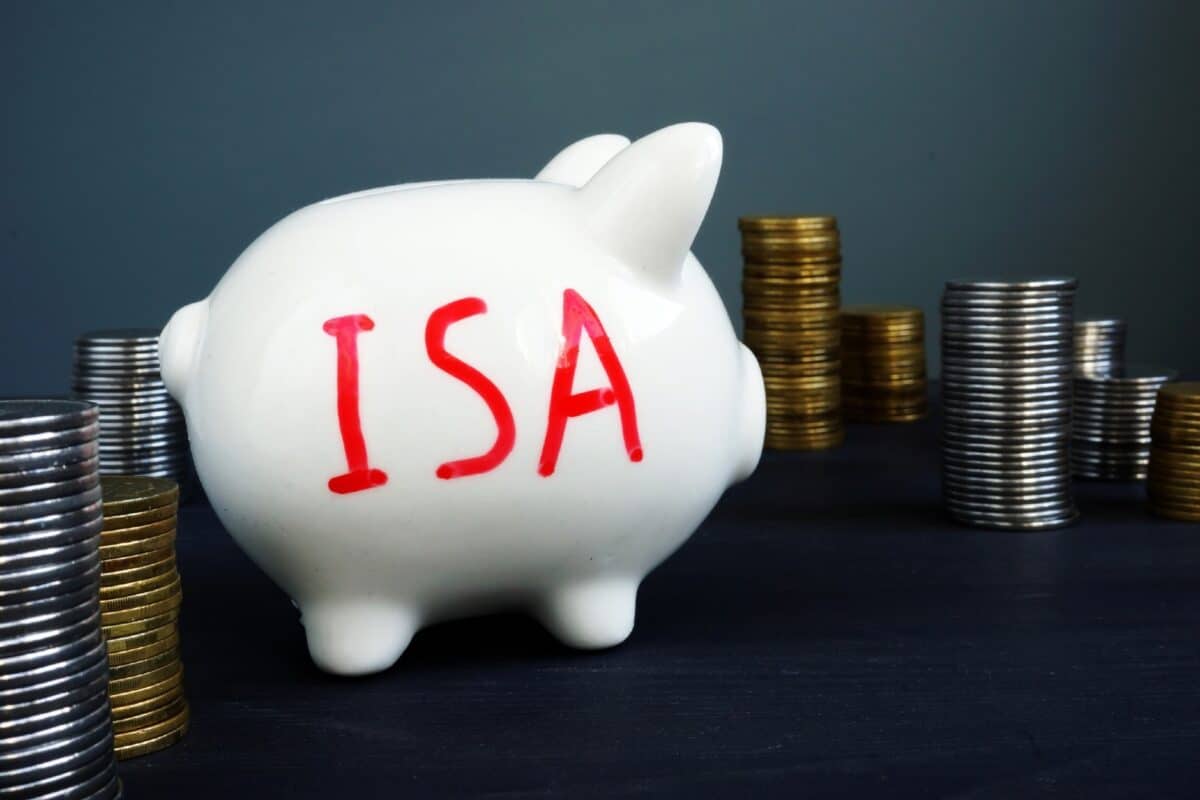UK shares trade at a discount to their US counterparts, making them attractive dividend investors. And a Stocks and Shares ISA is a great way to protect the returns from tax.
Buying shares at regular intervals is one of the best ways of investing. And with £100 each month, the returns can be quite impressive.
Please note that tax treatment depends on the individual circumstances of each client and may be subject to change in future. The content in this article is provided for information purposes only. It is not intended to be, neither does it constitute, any form of tax advice. Readers are responsible for carrying out their own due diligence and for obtaining professional advice before making any investment decisions.
Should you invest £1,000 in British American Tobacco right now?
When investing expert Mark Rogers has a stock tip, it can pay to listen. After all, the flagship Motley Fool Share Advisor newsletter he has run for nearly a decade has provided thousands of paying members with top stock recommendations from the UK and US markets. And right now, Mark thinks there are 6 standout stocks that investors should consider buying. Want to see if British American Tobacco made the list?
UK shares
When it comes to dividend investing, two things matter. One is how much the business is going to distribute to its shareholders and the other is how much it costs to buy the stock today.
Both the FTSE 100 and the FTSE 250 have a number of stocks that look attractive from this perspective. The biggest tech companies are in the US, but they aren’t the only game in town.
Right now, there are shares in stable UK business that have dividend yields of between 6.5% and 10%. Investing £100 per month at those rates could return between £7,500 and £21,000 a year after 30 years.
In order to avoid having to pay tax on the dividends – which could significantly cut into my returns – I’d want to invest using a Stock and Shares ISA. But which stocks should I buy to aim for that kind of return?
Taylor Wimpey
Shares in Taylor Wimpey (LSE:TW) currently come with a 6.8% dividend yield. Investing £100 a month at that level would return £7,646 after 30 years.
A number of UK housebuilders – including Taylor Wimpey – are currently under investigation for collusion. Predicting the outcome is impossible and it could be bad. But the stock could be a great investment if it comes to nothing.
The long-term picture for the company is much more positive. There’s a significant shortage of housing in the UK and this means builders across the board should benefit from strong demand for a long time.
Taylor Wimpey’s approach of paying its dividend based on its assets – rather than its cash flows – should also make its more stable through the economic cycle. That’s why I think it could be a good choice at today’s prices.
British American Tobacco
British American Tobacco (LSE:BATS) shares have a 9.6% dividend yield at the moment – which is certainly eye-catching. A £100 monthly investment compounding at that rate would return £18,747 after 30 years.
The obvious concern is that sales of combustible tobacco are likely to decline as sales and marketing restrictions deter people from smoking. And these make up around 81% of the company’s £27bn in annual revenues.
Other parts of the industry have been growing strongly though. The best example is nicotine pouches, where Philip Morris – which trades at a much higher price-to-earnings (P/E) ratio – is seeing growth of around 80%.
British American Tobacco has a strong presence in Europe with its own Velo brand in this area. And that makes me think the company’s going to be able to maintain its dividend for longer than the market’s expecting.
Dividends
Unusually high dividend yields can often be an indication of unusually high risks. So investors should be careful when looking for stocks to buy.
The market’s more than capable of underestimating a company’s future prospects, especially when there’s a short-term issue, or the industry is unfashionable. And this is what creates opportunities.







